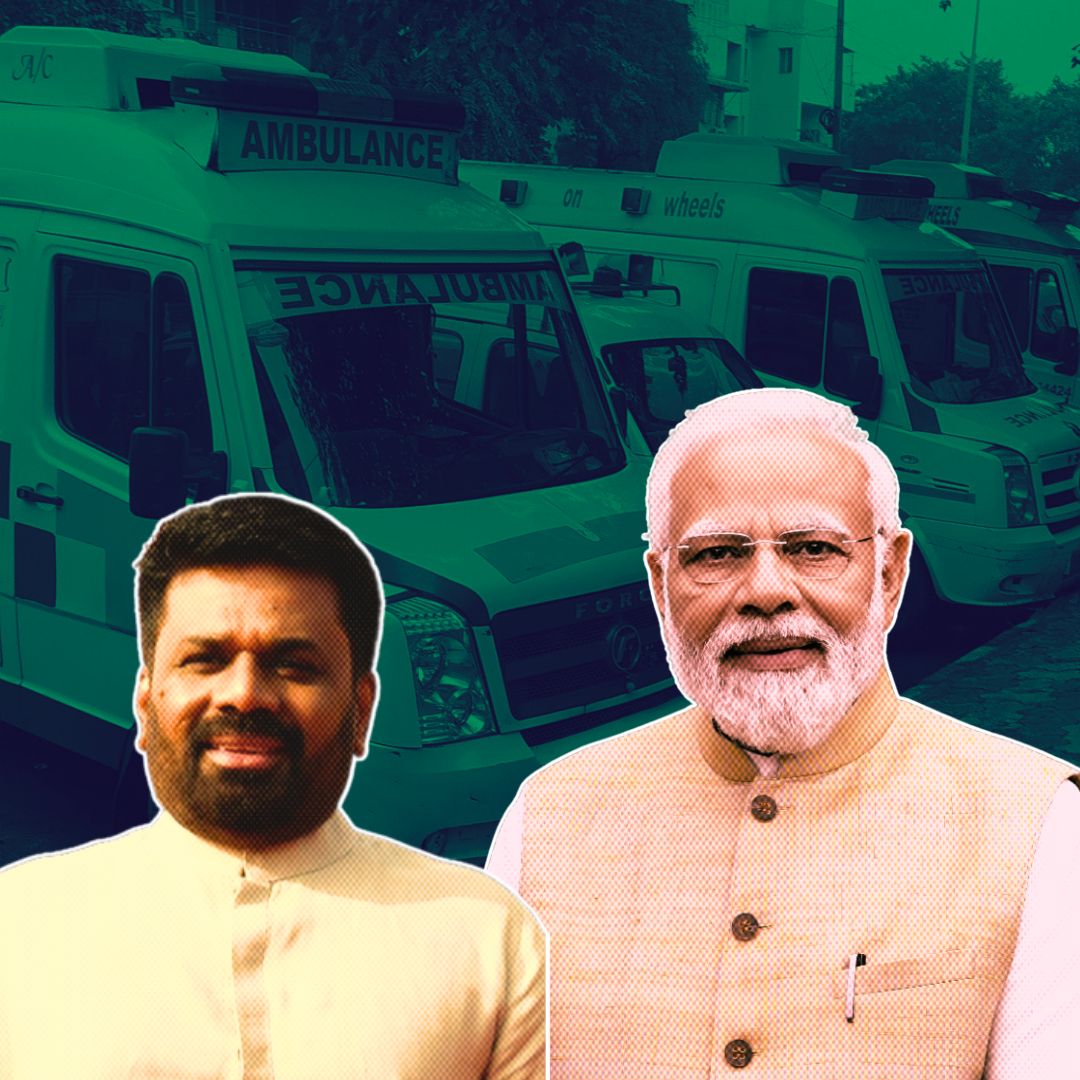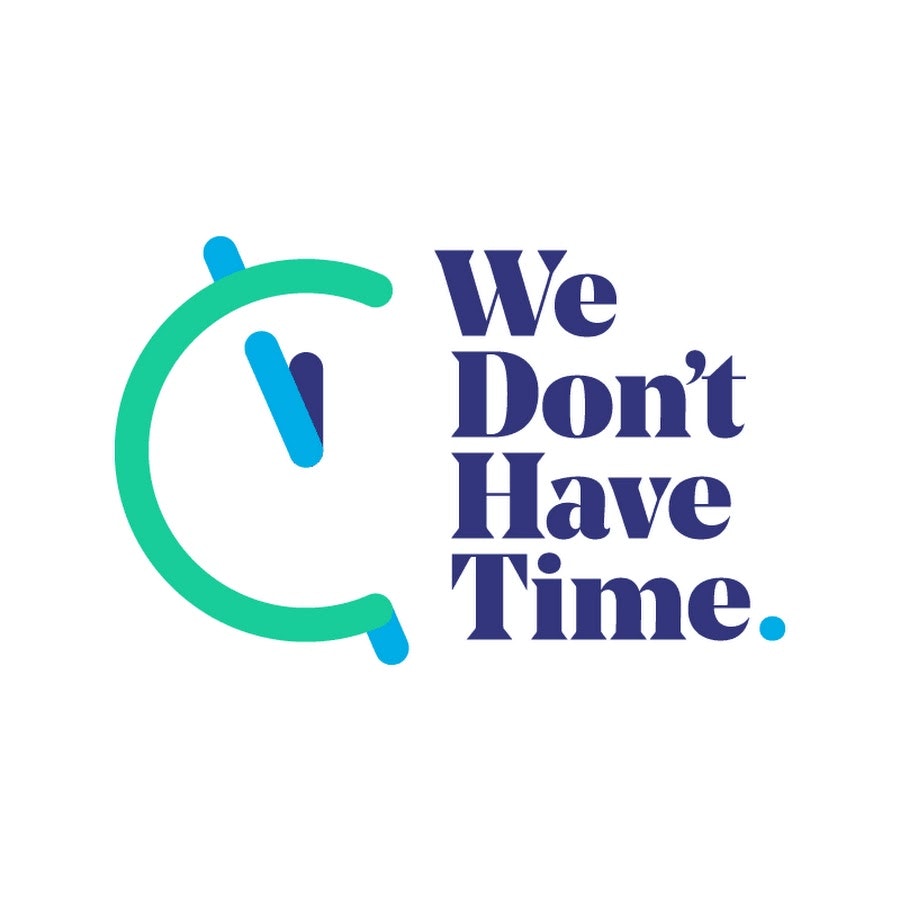In 2016, India gifted 88 ambulances to Sri Lanka, which have since grown into a fleet of 322, forming the backbone of the country’s national emergency ambulance service. Known as the “1990 Suwa Seriya” service, it provides free 24/7 emergency care across Sri Lanka.
According to Sri Lanka’s Health Minister Nalinda Jayatissa, the service has handled over 2.24 million emergencies, saving nearly 1.5 million lives during critical “golden hour” situations. This initiative highlights India’s role as a reliable partner in the region and underscores strong bilateral ties between India and Sri Lanka.
The service has become a model for emergency response systems in other countries, demonstrating the impact of international cooperation in healthcare.
From Diplomacy to Lifesaving Service
What began as a diplomatic gesture has evolved into a cornerstone of Sri Lanka’s healthcare system. The ambulances have revolutionised emergency care, especially in rural areas where timely medical access was once a challenge.
Minister Jayatissa praised India’s generosity, stating that without this service, many lives would have been lost. The fleet’s digital integration ensures rapid response times, averaging just 12 minutes per call. This initiative complements broader healthcare reforms in Sri Lanka and exemplifies how technology-driven solutions can transform public health systems.
The service currently handles over 5,000 emergency calls daily, responding to approximately 1,050 incidents. The ambulances are equipped with advanced medical equipment, allowing paramedics to provide critical care during transport, further enhancing survival rates. As noted in recent updates, the service saves about 640 lives daily, which is a testament to its effectiveness4.
Expanding Regional Cooperation and Future Plans
India’s support for Sri Lanka extends beyond ambulances. During crises like the COVID-19 pandemic and Myanmar’s recent earthquake, India provided essential medical aid and disaster relief. Initiatives like these reflect India’s commitment to fostering regional partnerships through humanitarian assistance.
The “1990 Suwa Seriya” service also demonstrates how bilateral cooperation can address critical healthcare gaps and improve lives on a large scale. Plans are underway to further strengthen the service with the acquisition of new ambulances, ensuring continued growth and effectiveness of the emergency response system.
Additionally, there are efforts to enhance training for paramedics and integrate more advanced medical technologies into the fleet. This initiative is part of India’s broader “Neighborhood First” policy, which aims to support neighboring countries through people-centric development projects.
The Logical Indian’s Perspective
India’s gift of ambulances to Sri Lanka is a testament to the power of compassion and collaboration in addressing global challenges. It showcases how small gestures can lead to transformative change, saving millions of lives and strengthening bonds between nations.
This story inspires us to reflect on how we, as individuals and communities, can contribute to creating a world rooted in empathy and shared progress. What other innovative partnerships could help tackle pressing issues in healthcare or beyond? How can we leverage technology and international cooperation to build more resilient and compassionate societies? Let us know your thoughts!









